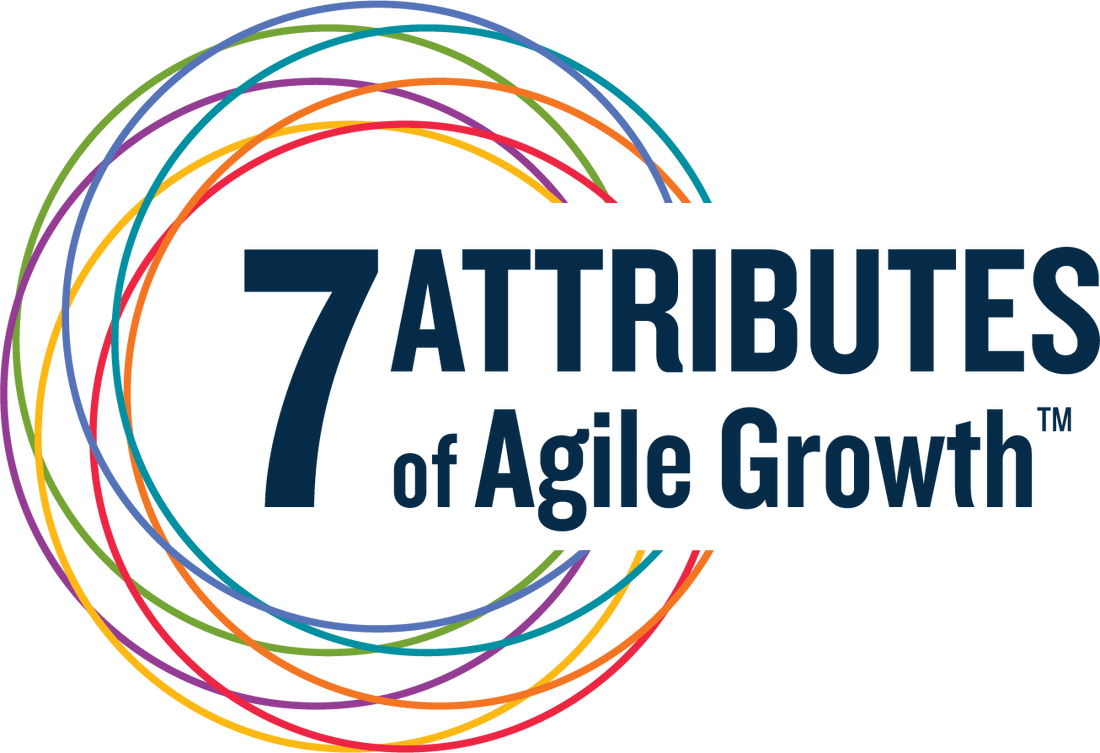|
There are many keys to successful execution…priorities, alignment, measurement, lean principles, and more. However, the most critical element is having the right high-performing leadership team around the CEO/President of the company. Bar none. In this Gravitas Impact Premium Coaches webinar, Sean Knutsen, CEO & Co-Founder of Boveda in Minnesota, talks about his experience successfully building High Performance Leadership Teams. Boveda Inc. is the leading producer of 2-way humidity control solutions for a variety of moisture-sensitive products, including cigars and cannabis. Becoming the global leader in any category doesn’t happen overnight. Becoming the global leader in a category that didn’t even exist is even harder. But that’s what Boveda did and continues to do since 1997. How can you build a high performance leadership team?
To find out how to develop a great top team to grow more easily, quickly and profitability, AND enjoy the ride, try our complimentary Agile Growth Checklist. This self-service questionnaire takes 5 to 10 minutes to complete. You'll receive the checklist with your responses immediately. Within 24 hours, you'll receive a compiled report highlighting areas to improve. Find out how your leadership team is doing in each of the 7 areas needed to produce more rapid, profitable and sustainable growth. This report is complementary and involves no obligation. As you work with your leadership team on building your business and organization to grow more easily, profitably and sustainably, it helps to have a methodology or set of tools to use, rather than figuring out on your own what best practices to implement.
Over the 17 years I’ve been working with CEOs and their leadership teams, I’ve learned to implement a half dozen methodologies, including the Scaling Up method and the 7 Attributes of Growth tools. Traction, a book written by Gino Wickman, summarizes another such methodology: EOS (the Entrepreneurial Operating System). Like Scaling Up and the 7 Attributes of Growth, it goes beyond setting mere mission, vision, values and priorities to also address people and execution. This isn’t coincidental. Gino was a coach in our network several years ago and used our tools. He then founded his own network of coaches and wrote Traction to capture his approach. Scaling Up and the 7 Attributes of Growth were written since that time and included many best practices that Gino did not, like the daily huddle and cash flow optimization tools. That said, Gino includes a couple of unique tools I have found useful, for example, the People Analyser and the Visionary-Integrator model, which I sometimes implement with the CEOs and leadership teams I work with. The People Analyser is a simple form to quickly evaluate each employee against the company’s core values. The companies I work with use this as input to our talent assessment where leadership team members assess each of their direct reports and then hold each other accountable to coach them up or out. The Visionary-Integrator model is a way for dynamic, creative owners and CEOs to pick and effectively work with a co-CEO who is stronger in the disciplined, structured and organizational aspects of running the company that are needed to enable predictable, profitable and sustainable growth. It enables the owners to do what they do best while also having someone with the other critical skills needed to truly move the business forward. Gino packages the best practices he selected into the six areas of EOS: Vision (including high level strategy and execution planning), People, Data (metrics), Issues, Process and Traction (meeting rhythms). EOS and Traction is a solid, simple approach with easy-to-use tools. In my experience, it works best for smaller companies up to about 25 employees. Beyond that, there tend to be certain challenges that come up that EOS doesn’t address, for example: leadership team cohesiveness, team member productivity, effective hiring, leadership mindset, cascading metrics, planning priorities, clear competitive strategy and financial optimization, planning and forecasting. By contrast, Scaling Up and the 7 Attributes of Agile Growth include most of the best practices found in EOS, and also address these additional challenges as they come up. The 7 Attributes of Agile Growth then go beyond to tackle some of the more nuanced challenges of growth like customer experience, systems and change and leaders’ health. See last month’s Book of the Month for more information. If you’re looking for a simplified methodology with user-friendly terminology and a detailed how-to playbook to get started implementing a set of best practices, Traction may do the trick. Book: 251 pgs, 6h56m audio. How can you get more traction? To find out how to make more progress to grow more easily, quickly and profitability, AND enjoy the ride, try our complimentary Agile Growth Checklist. This self-service questionnaire takes 5 to 10 minutes to complete. You'll receive the checklist with your responses immediately. Within 24 hours, you'll receive a compiled report highlighting areas to improve. Find out how your company is doing in each of the 7 areas needed to produce more rapid, profitable and sustainable growth. This report is complementary and involves no obligation. HARNESSING THE POWER OF TRUST In partnership with Growth Faculty, we are delighted to offer you a 10% discount to Live Book Club Event - Trust & Inspire, with Stephen M. R. Covey. Research tells us trust in leaders is at an all-time low. Yet trust has never been more essential for effective leadership. How do we make sense of this paradox? Join us on 26 April 2022 for a live virtual book club with Stephen M. R. Covey to discuss his ground-breaking book Trust & Inspire. Stephen is an acclaimed thought leader, advisor and organisational expert. He increased the shareholder value of Covey Leadership Centre seventy-fold while CEO, and today he is an expert on the relationship between trust, inspiration and businesses which stand the test of time. Do not miss this event. Sign up today while tickets are still available so you can learn to:
Monday, April 25, 2022 - 8pm in MB, 7pm in SK NON-MEMBER: $75* | OUR NETWORK: $69* *Prices quoted in USD. How can you build trust and inspire your people?
To find out how to lead more effectively to grow more easily, quickly and profitability, AND enjoy the ride, try our complimentary Agile Growth Checklist. This self-service questionnaire takes 5 to 10 minutes to complete. You'll receive the checklist with your responses immediately. Within 24 hours, you'll receive a compiled report highlighting areas to improve. Complete section 1 to check your company’s leadership processes. Or complete all 7 sections to find out how your company is doing in each of the 7 areas needed to produce more rapid, profitable and sustainable growth. This report is complementary and involves no obligation. In the previous 5 Minute Growth Tip article, I shared how companies need to implement structures, processes and systems in order to grow. Without this, they either won’t grow beyond the limits of their current structures, or they will grow inefficiently and increasingly unprofitable.
But as an owner or CEO tries to grow their company to 50, 100 or 200 employees, they may feel like the company is no longer making real progress with those kinds of improvements. Any changes they want to make in their company don’t seem to get done, or don’t get done right. So, how can CEOs increase their momentum? We know that, as a company grows, the CEO increasingly has to get things done through their top team. I covered this also in this previous article. The members of their top team are the ones who need to lead improvement projects within each of their departments and between and across departments. The two keys to making this happen are 1) efficient leadership team buyin, and 2) accountability for execution. Why progress slows with growth When a company is small, less than 10 or 15 employees, it’s more straightforward to get improvement projects done. Often, as CEOs, we just do these projects ourselves. As we begin to delegate these improvement projects, we simply ask a supervisor or front-line employee to get them done. If they are a strong employee, they will usually make it happen. When we have 25, 50 or 100 employees, it gets harder. The reason is what’s called “the power differential”: the difference between the influence of the CEO and the influence of others. In a smaller company, the owner is a strong voice that is heard more easily among the small group of employees. There are often no other voices that are similarly strong (unless of course there is one or more partners involved). It’s also easy to see when someone in a small group is not following through on a project. So each employee has a strong motivation to follow through on the owner’s direction. In a smaller company, there is a large power differential. As the company gets larger, the power differential decreases. As some departments get larger (eg. a production department), the leaders of those departments gain influence. They have now become critical people for the productivity and profitability of the company. The owner no longer has that same strong singular voice. One or more other leaders have strong voices as well. They tend to have more influence about decisions made for the company, and certainly their own department. As well, the owner becomes more detached from the front-line and may feel less confident about what is the right thing to do. The other influential leaders now often have a better perspective on what needs to be done in the operations. This also increases their influence. The owner may therefore feel less influence to be able to simply ask others to take on and carry out improvement projects they dream up. They know they need these high-influence leaders to make things happen. And they may recognize that they lose their leaders' commitment and initiative when they just tell them what to do. The result is that getting leaders to make changes and improvements in and across a mid-size company becomes more challenging than getting front-line employees and supervisors to do so in a smaller company. The trick is in the two keys: 1) efficient leadership team buy-in, and 2) team-based accountability. Efficient Leadership Team Buyin Rather than a CEO figuring out on their own what needs improving and changing for the company, and simply delegating those projects to others, they need to shift to making decisions for the company in collaboration with the members of their top team. This will enable them and their top team members to make company decisions that they’re all committed to. In short, as the saying goes, “people support what they help to create”. This doesn’t mean the CEO doesn’t get the final say. It’s how they get to a final decision that needs to be adjusted. Patrick Lencioni, in his best-selling book, The Five Dysfunctions of a team, called this approach “disagree and commit”. The top team discusses the problem or opportunity and gets all the information out on the table for consideration. Options are discussed and weighed. All members of the top team have the opportunity to share their perspectives and concerns. If an agreement is easily made, then great. If not, the CEO makes the final decision with everyone knowing their perspective has been heard and considered, and agreeing that now is the time to commit to the final decision. This approach allows for effective leadership team participation, while keeping it efficient. This can be a game-changer for CEOs who have already shifted to involving their top team in decision-making, but have gone too far. Their decision-making may have slowed to a crawl, or decisions simply don’t get made, because they and their leadership team members don’t always agree on what’s best. And the CEO isn’t willing to make a final decision for fear that their leaders won’t buy in at all. “Disagree and commit” solves this problem. Accountability for Execution Once there is top team buyin to a decision, how do we ensure accountability for its execution? Buyin is certainly important for accountability. But it’s not enough. Accountability ensures that leaders assigned with taking on certain improvement projects follow through as best as humanly possible. Accountability also means being open and transparent when a project or special effort doesn’t go as planned, so all possible action can be taken to get it back on track. Accountability, also, is more difficult as a company grows. And it’s also due to the changing power differentials. Simply following up one-on-one with individual leaders no longer works as well. Leaders of larger departments have more influence, and their performance is more hidden in a larger company. So there is less pressure to follow through. The solution is again a team approach. Mark Green, a colleague of mine in Virginia, and a peer member of Gravitas Impact Premium Coaches, captured the key ingredients for accountability in his recent monograph titled “Creating a Culture of Accountability”. There are three ingredients for accountability:
Self-accountability is where the CEO, as the leader of the team, leads by example by acting accountably themselves, ensuring they have the right people in the right seats on their leadership team, and raising their expectations of their leaders. Role accountability is about ensuring each leader is clear about their own and each others’ accountabilities. This includes defining the specific results expected for each role and the metrics that make those expectations clear. Note that it’s just as important for leaders to be clear on each others’ roles as their own. This ensures only one person is accountable for each function and everyone is clear on what to expect from others. Process accountability includes communicating about decisions they’ve made in a way that maintains leaders’ natural motivation to execute. This includes believing in their ability to succeed, reminding them why it matters and paying attention to their progress. Process accountability also involves: - ensuring planning happens before action, and on a consistent basis, - having a rhythm of effective and efficient meetings that ensures regular follow-up on progress and results, - and regular one-on-one coaching between the CEO and each leadership team member to develop and support performance. From leading individuals to leading the top team Efficient leadership team buy-in and team-based accountability for execution are the two keys for CEOs to enable continual improvement to grow their mid-size companies. And we can see a common thread for the CEO: shifting from directing individuals to leading and building the top team. This shift can be challenging for CEOs who have become comfortable with a directive style. Yet shifting to leading the top team is critical to getting their leaders bought in, executing, and making more progress. But is it really progress if you’re not going in the right direction? And how do you know if you are? More on that in my next 5 Minute Growth Tip article. How can you increase your momentum? To find out how to make more progress to grow more easily, quickly and profitability, AND enjoy the ride, try our complimentary Agile Growth Checklist. This self-service questionnaire takes 5 to 10 minutes to complete. You'll receive the checklist with your responses immediately. Within 24 hours, you'll receive a compiled report highlighting areas to improve. Complete sections 1 and 4 to check your company’s leadership team and execution processes. Or complete all 7 sections to find out how your company is doing in each of the 7 areas needed to produce more rapid, profitable and sustainable growth. This report is complementary and involves no obligation. |
Archives
December 2029
Categories
All
|

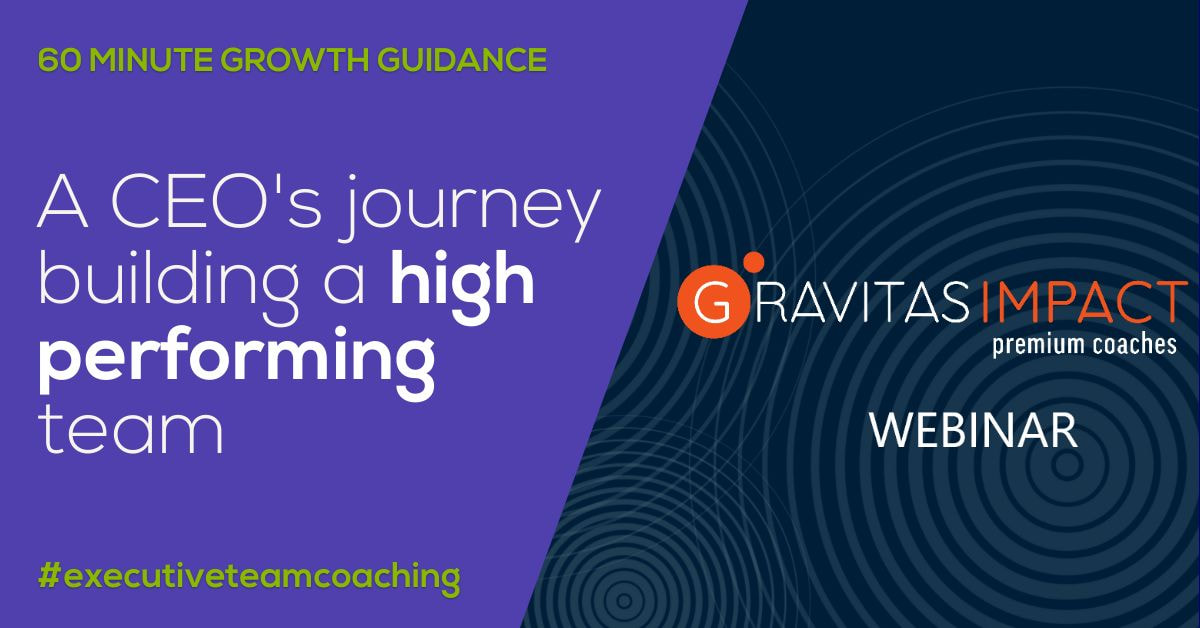
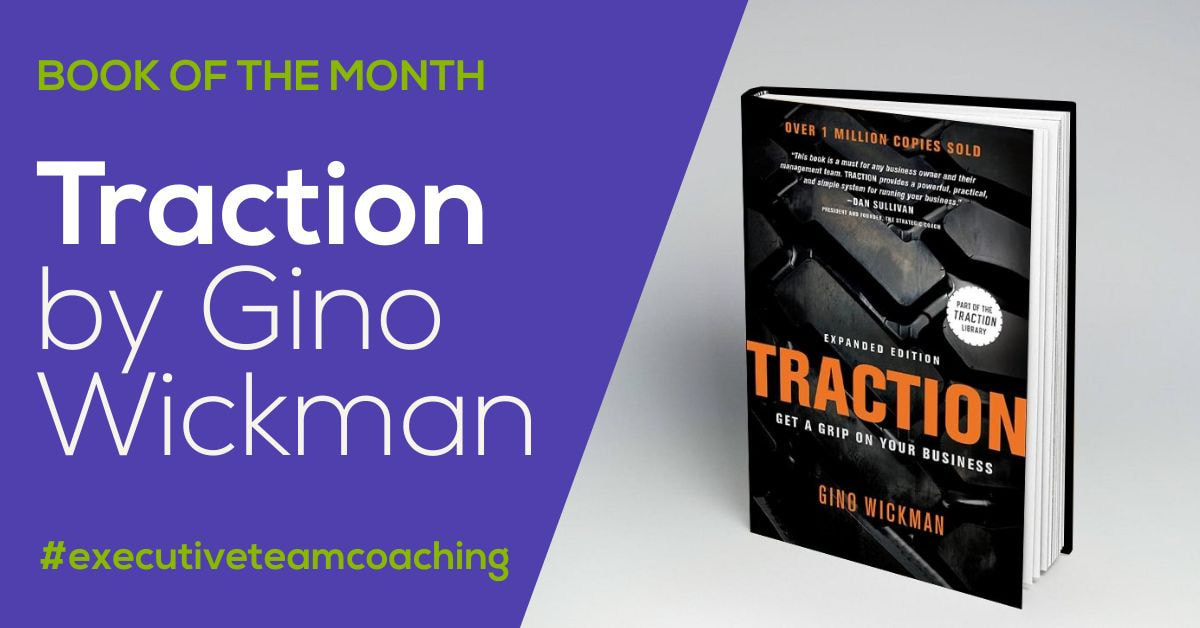
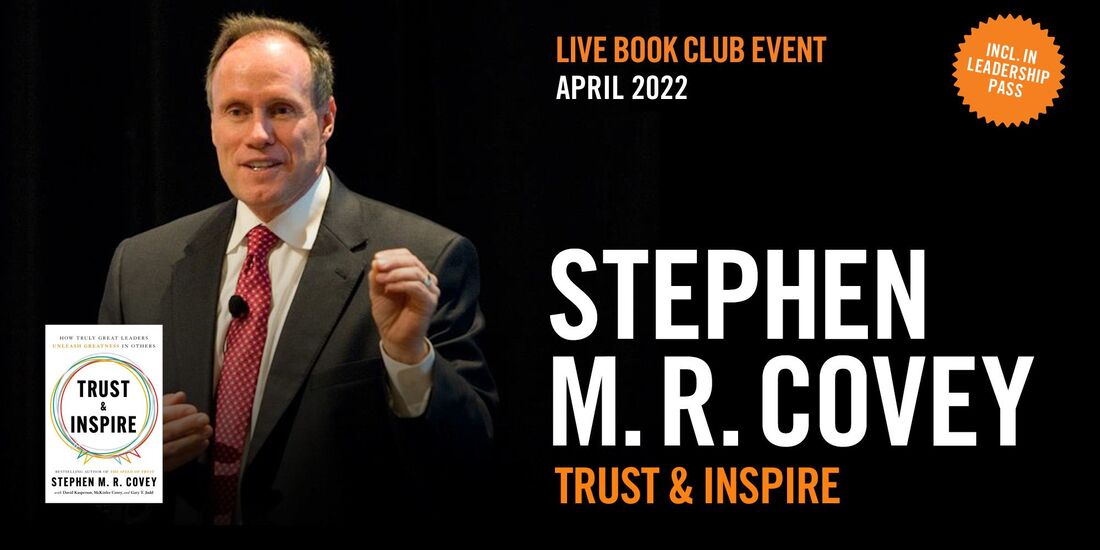

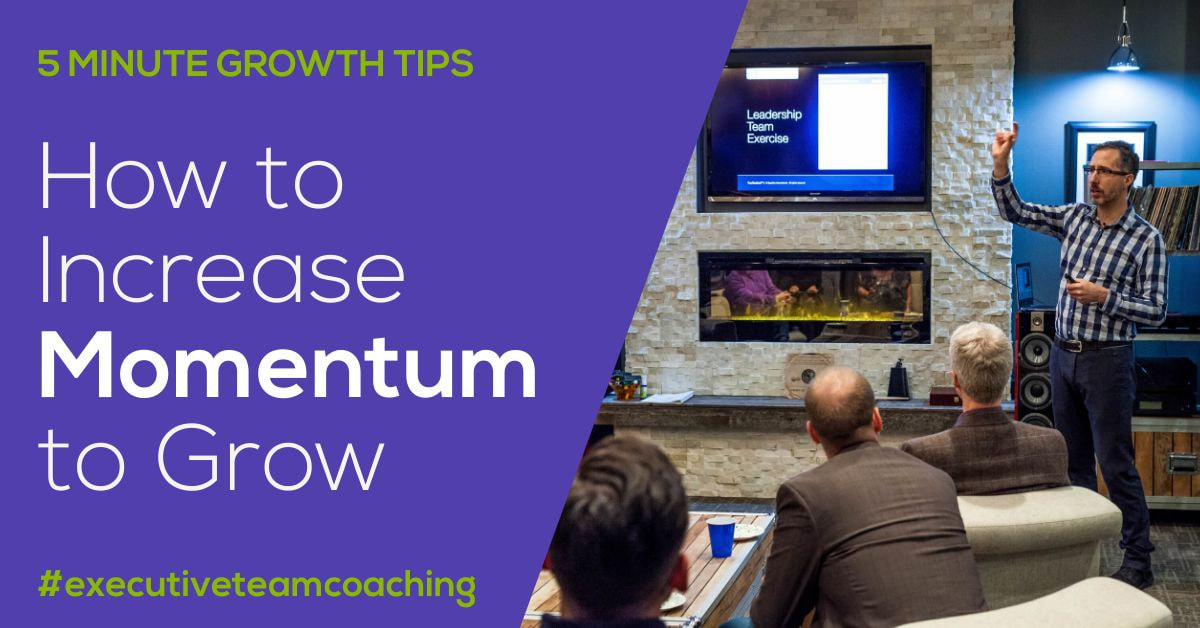
 RSS Feed
RSS Feed
